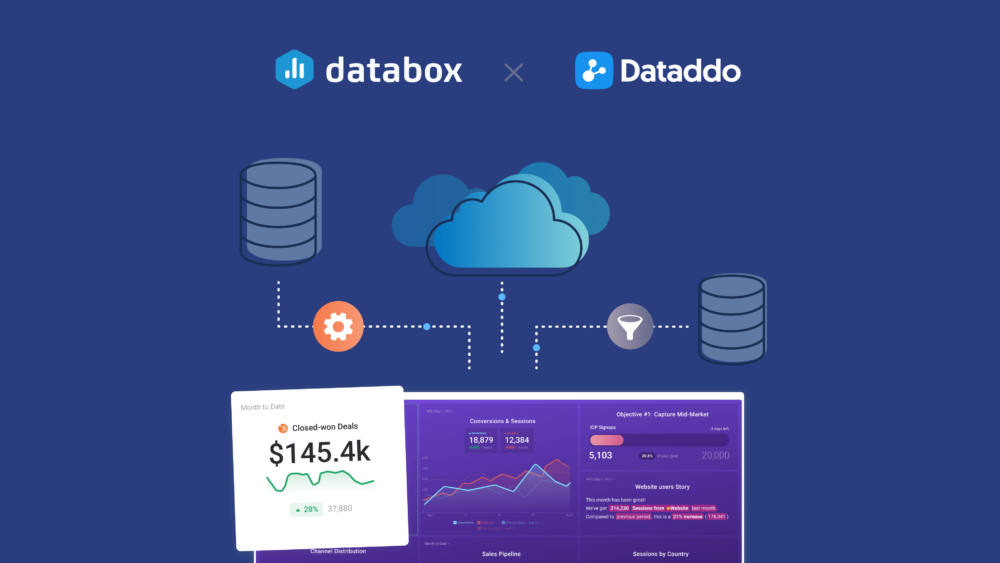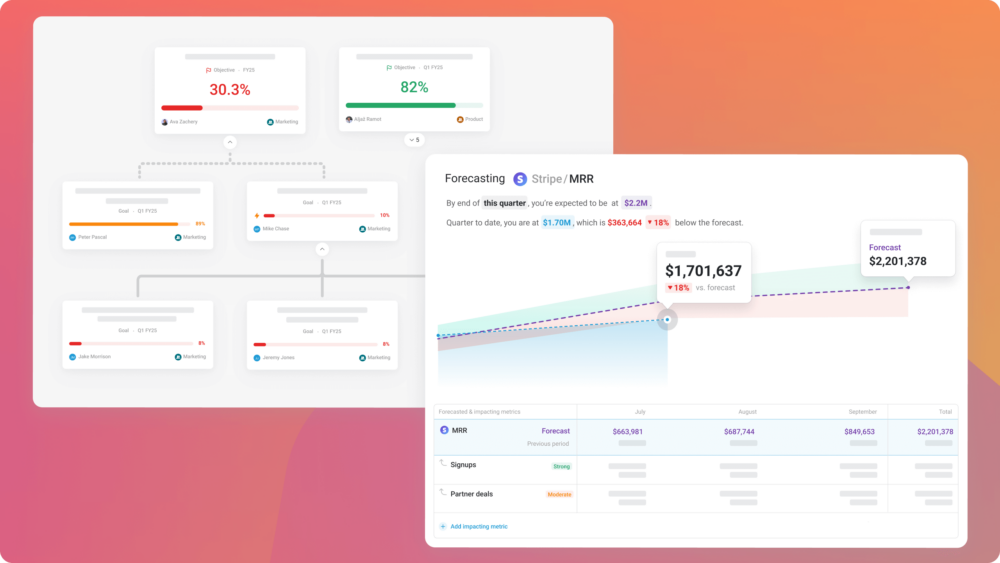Table of contents
Custom Date Ranges in Databox allow you to track your performance over a specific time period by simply selecting a start and end date.
Our team has been working tirelessly to ensure that you can do so with all 100+ of our integrations. So far this year, we have upgraded 35 Data Sources to support Custom Date Ranges in Databox.
Today, we’re excited to announce 6 more integrations that are now supporting Custom Date Ranges.
What are Custom Date Ranges?
Here’s a quick recap…
With Custom Date Ranges, you’re no longer limited to tracking your performance data with pre-defined date ranges (i.e., last week, month-to-date, last month, last 30 days, etc.). Instead, Custom Date Ranges enable you to custom select the start and end dates of your reports and visualizations, select rolling date ranges, set more specific comparisons, fiscal calendars, and more.
With Custom Date Ranges, you can hone in on specific campaigns that may have launched and concluded mid-week or mid-month, ensure more accurate reporting, and produce more meaningful insights that help your team make adjustments when they matter most.
Custom date ranges are available to all Databox users on the Plus and Business plans.
Which new integrations now support Custom Date Ranges?
Here are all the integrations that now support Custom Date Ranges in Databox.
- Accuranker (just added)
- BitBucket (just added)
- Eventbrite (just added)
- MOZ (just added)
- Sendgrid (just added)
- SurveyMonkey (just added)
- ActiveCampaign
- Adobe Analytics
- Ahrefs
- Bing Ads
- CallRail
- Campaign Monitor
- Drift
- Facebook Groups
- Google AdMob
- Google Ads
- Google AdSense
- Google Analytics
- Google My Business
- Google Search Console
- Help Scout Docs
- Help Scout Mailbox
- HubSpot CRM
- HubSpot Marketing
- HubSpot Service
- InfusionSoft by Keap
- Intercom
- Facebook Ads
- Facebook Pages
- Instagram Business
- LinkedIn Ads
- LinkedIn Company Pages
- Mailchimp
- ProfitWell
- Salesforce Pardot
- SEMrush
- Vimeo
- WooCommerce
- Xero
- YouTube
Stay tuned for the next batch of custom date range supported integrations in the following weeks.
You can stay up-to-date on our progress via this Custom Date Range Help Doc. We’ll also continue to document our progress on our Roadmap site. From there, you can track everything that we’ve already done, check the integrations that we’re planning to work on next, and even upvote the ones that are the most important to you.
Getting started with custom date ranges
If you have any questions or need help getting set up, you can visit our Knowledge Base or start a Chat and let us know which Date Ranges you would like to set up and track.
For current Plus and Business Databox users, log in to your Databox account to start tracking your data with Custom Date Ranges.
New to Databox? Start by creating your free account. From there, you’ll be able to connect your data from more than 70 different platforms. Then you can add the metrics to your metrics screen, create data boards, automate your reporting, collaborate with your teammates, and much more. You can also start a free trial of Plus and Business in order to try out custom date ranges.












